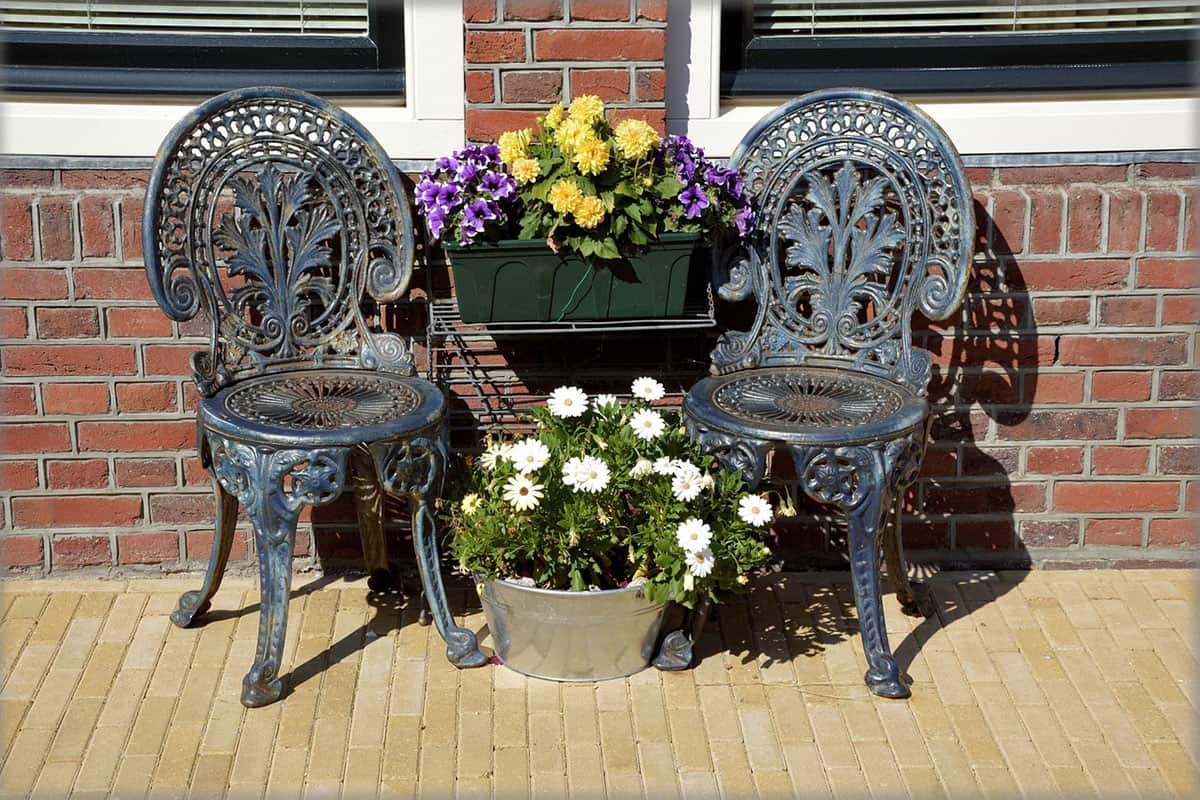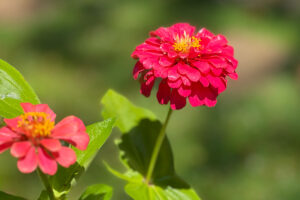This page may contain affiliate links. If you click and buy, we might get a small commission at no cost to you.
Patios offer a wonderful outdoor space for entertaining or simply relaxing in the sun. Selecting the right surface material for how you want to use the space can make a world of difference. When deciding on a material to install, you’ll also want to consider your budget, design preferences, maintenance commitment, and whether you plan to walk barefoot on the surface or not. Regardless of where you fall along this spectrum, here are 10 patio surface ideas to help you choose the ideal material for your project.
10 Patio Surface Ideas
From durable materials to aesthetically pleasing designs here are 10 ideas for your patio surface.
1. Flagstone
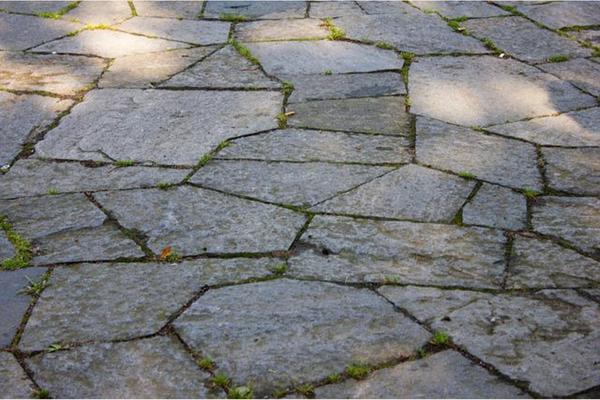
One of the most popular patio surface materials is flagstone. It provides an earthy, classic appearance that looks especially natural among landscaping and privacy trees. It’s a type of sedimentary rock used for paving and comes in different colors and qualities. Maintenance requirements will vary depending on the type of flagstone you choose. For example, bluestone is durable and pretty but will need a sealer to maintain the color.
You’ll probably want to hire a professional to help with your flagstone patio installation since it’s a heavy material. They have the right equipment to manage the process and can easily install it in a reasonable timeframe. Professionals can also make sure the design allows for adequate drainage.
2. Clay brick
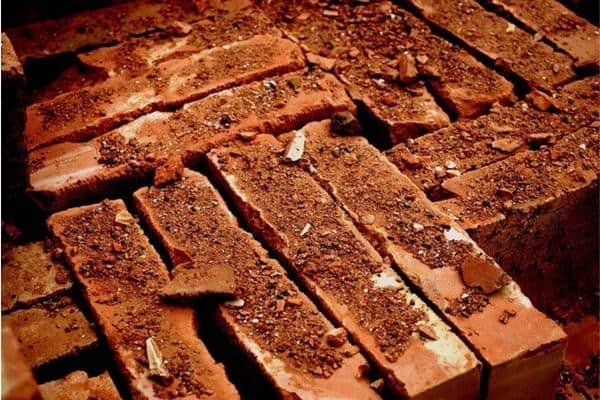
A popular, time-tested surface material is clay brick. It has a warm and rich color and is sturdy. You also don’t need mortar to install it as it can easily be laid on a bed of dry sand.
You can use clay brick to complement a contemporary or traditional architectural design. It’s also very versatile, allowing you to create various patterns ranging from rounded to rectangular. If you want an environmentally-friendly version, check out reclaimed brick.
3. Concrete

For a budget-friendly option, consider a concrete patio. Since you can pour the concrete to fit any form, the designs for your patio are also limitless. You can even use the concrete slab as a base for layering decorative tiles later.
One thing to watch out for is that it can crack during freeze-thaw cycles if you live in areas with extreme temperature changes. Make sure also to have a design where water can run off your patio easily since concrete won’t provide drainage.
4. Gravel
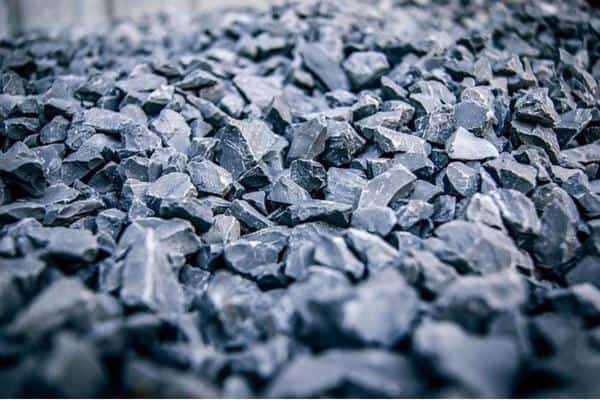
While it might not be the first patio surface material that comes to mind, there are some benefits to using gravel. It’s inexpensive, readily available, comes in many colors, and you can even install a gravel patio as a DIY project. This material also offers great drainage, so you don’t have to worry about water pools after a storm.
Gravel also can’t crack or show wear like tile or stone might. If it starts to get thin, simply refresh with more gravel! If also looks great if you choose an alternative to grass for ground cover in your yard. Gravel can be a real water-saver in desert climates that require too much water to maintain grass.
If you enjoy walking barefoot on your patio, gravel might not be your best option. The surface, while pretty-looking, won’t be smooth like some of the other options on this list.
5. Tile

For anyone planning to walk barefoot on your patio or simply want a material that’s easy to clean, then tile is a great option. It comes in a wide range of colors, patterns, and textures, letting you customize your patio into the design of your dreams.
As previously mentioned, you can easily add tiles to a concrete foundation for an overall inexpensive project. Do note though, that tile can be quite slippery when it gets wet!
6. Sand

Depending on your patio space, sand can prove to be a very good loose patio option. It’s even more inexpensive and easy to install yourself than gravel is. All you have to do is add the sand to your space and level it out before adding your furniture.
You can even create a tropical or beach themed patio, especially one by your pool. Since it is loose material, sand won’t be as sturdy as others on this list. It can move around easily under your furniture and also takes time to dry out again when it gets wet after a storm.
7. Cut stone

Sometimes called stone tiles, cut stones are basically stones cut into the shape of tiles so you can easily place them for your patio surface. They are quite easy to use if you want to install the material yourself, especially since they aren’t as heavy as other stones.
There is a wide variety of cut stones you can choose from, including sandstone and marble. This allows you to pick a design you love that’s also within your budget. You can fit the cut stones tightly together or leave gaps between them and fill the spaces with loose material such as sand or gravel.
8. Composite deck
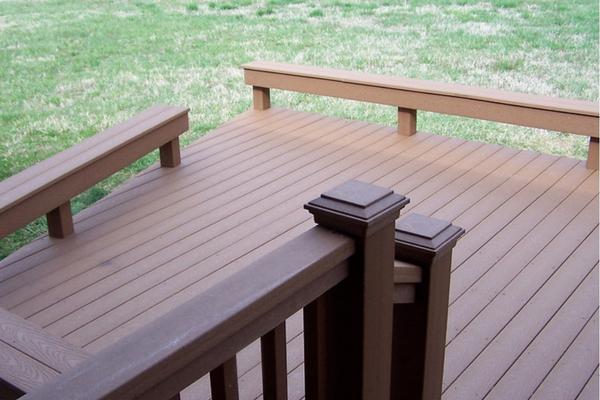
Composite is a mix of plastic, wood fiber, and other ingredients to create a material that appears like wood. However, it is sturdier and won’t splinter, rot, or twist like wood. It is also very low maintenance! Most composite can easily be pressure washed if it looks dingy.
However, the surface can be chilly on cold days if you often walk barefoot on your deck. To maintain its color, you’ll also want to use it for decks that are away from shaded or damp areas.
9. Wood

If you do want a wooden deck, then consider going for treated wood, especially if you live in high-moisture areas. Pressure-treated wood is resistant to rotting, insects, and weather conditions. For instance, the material doesn’t bend or warp easily. Your wooden deck can last up to 30 years with proper care if you opt for treated wood.
However, if you really want the authentic, natural wood look, then cedarwood is your best bet. It doesn’t absorb moisture like most woods. Although you do have to clean and reseal it every one to two years.
10. Patio pavers
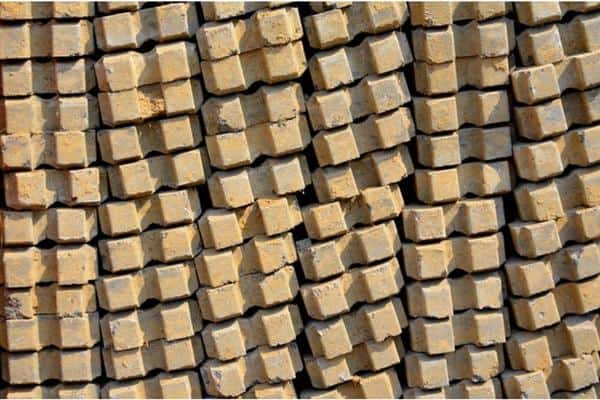
Patio pavers are interlocking pieces of materials ranging from natural stone, clay, concrete, or even recycled plastics. There are even patio pavers that resemble wood. A neat feature is patio pavers are easier to install than simply going for the material it is made of.
The interlocking capability also means you don’t need other materials such as mortar or grout to install it. Additionally, if you want the durability and density of stone or concrete, choosing a concrete patio paver is an easier option than trying to pour concrete yourself.
